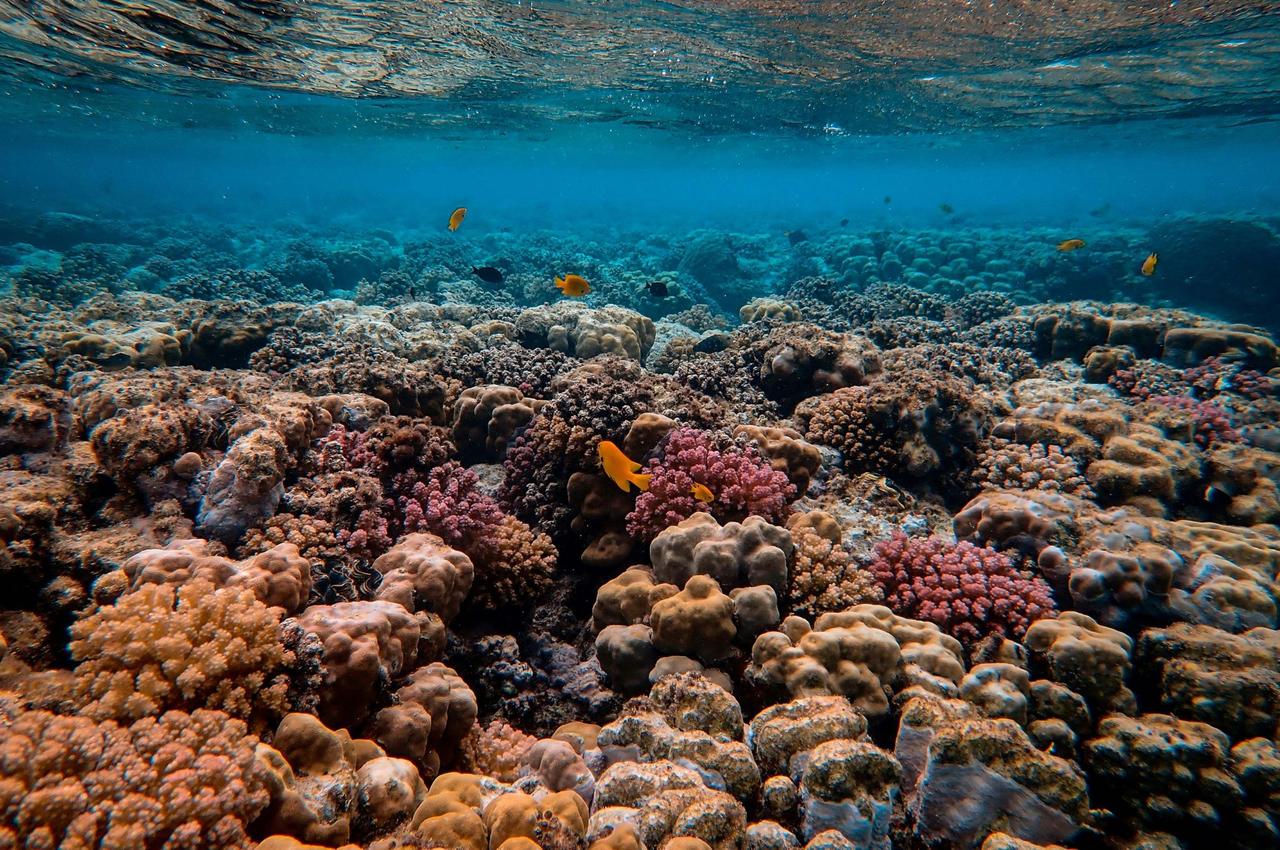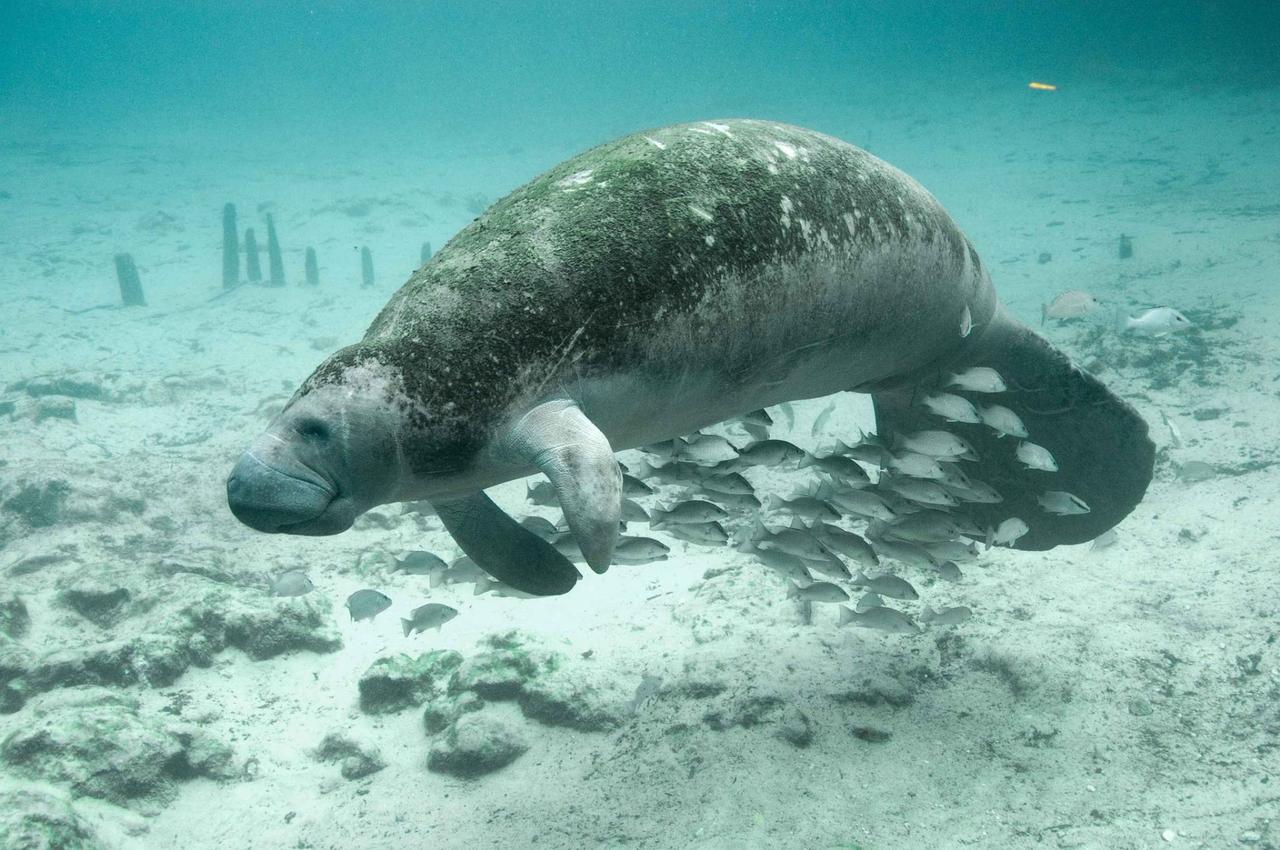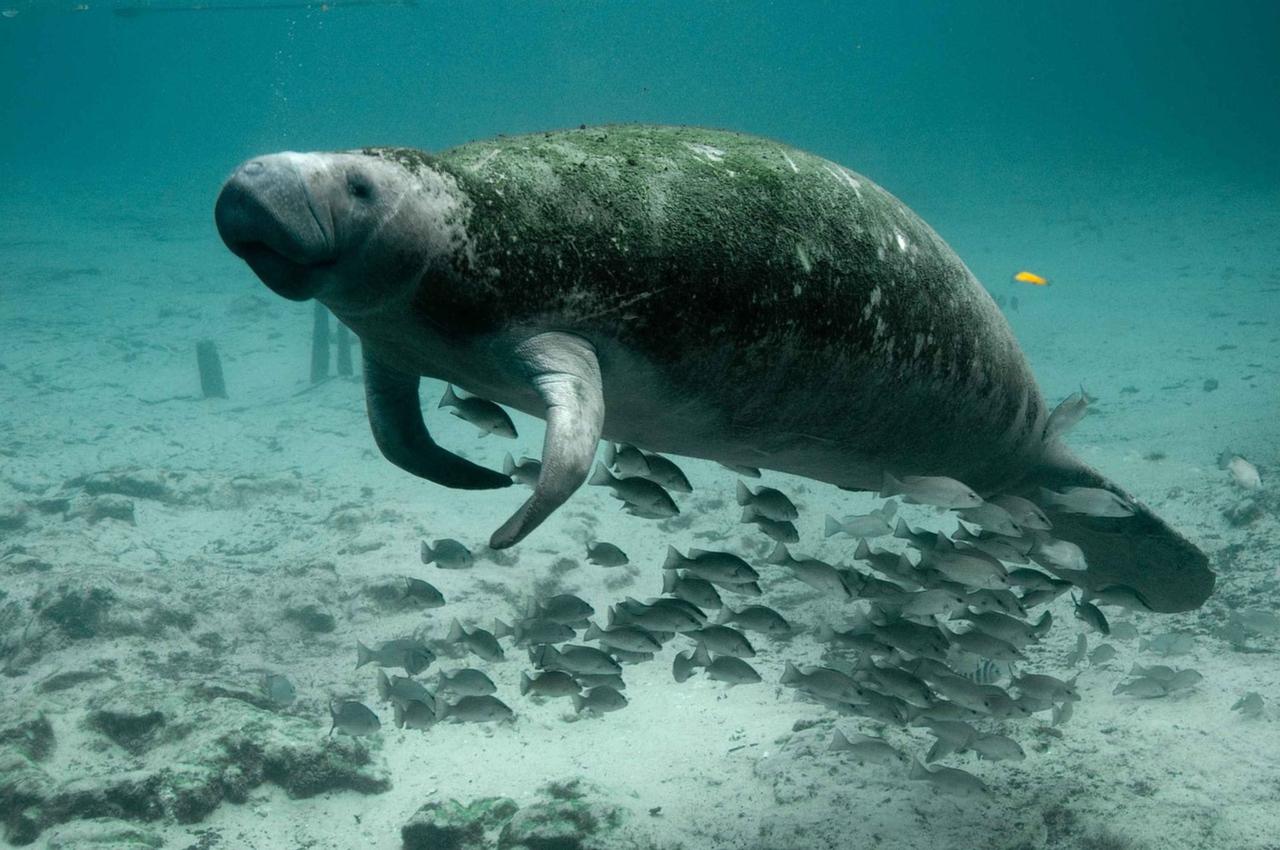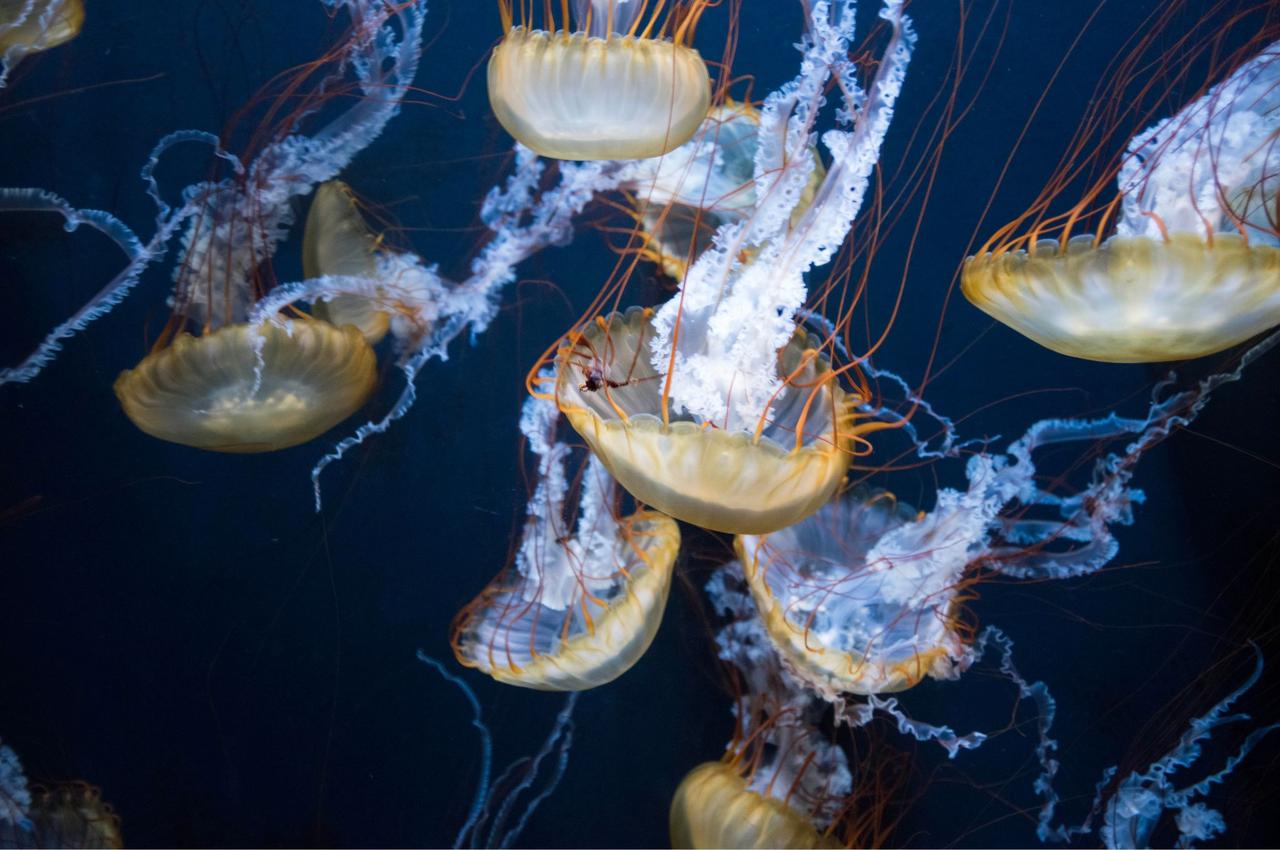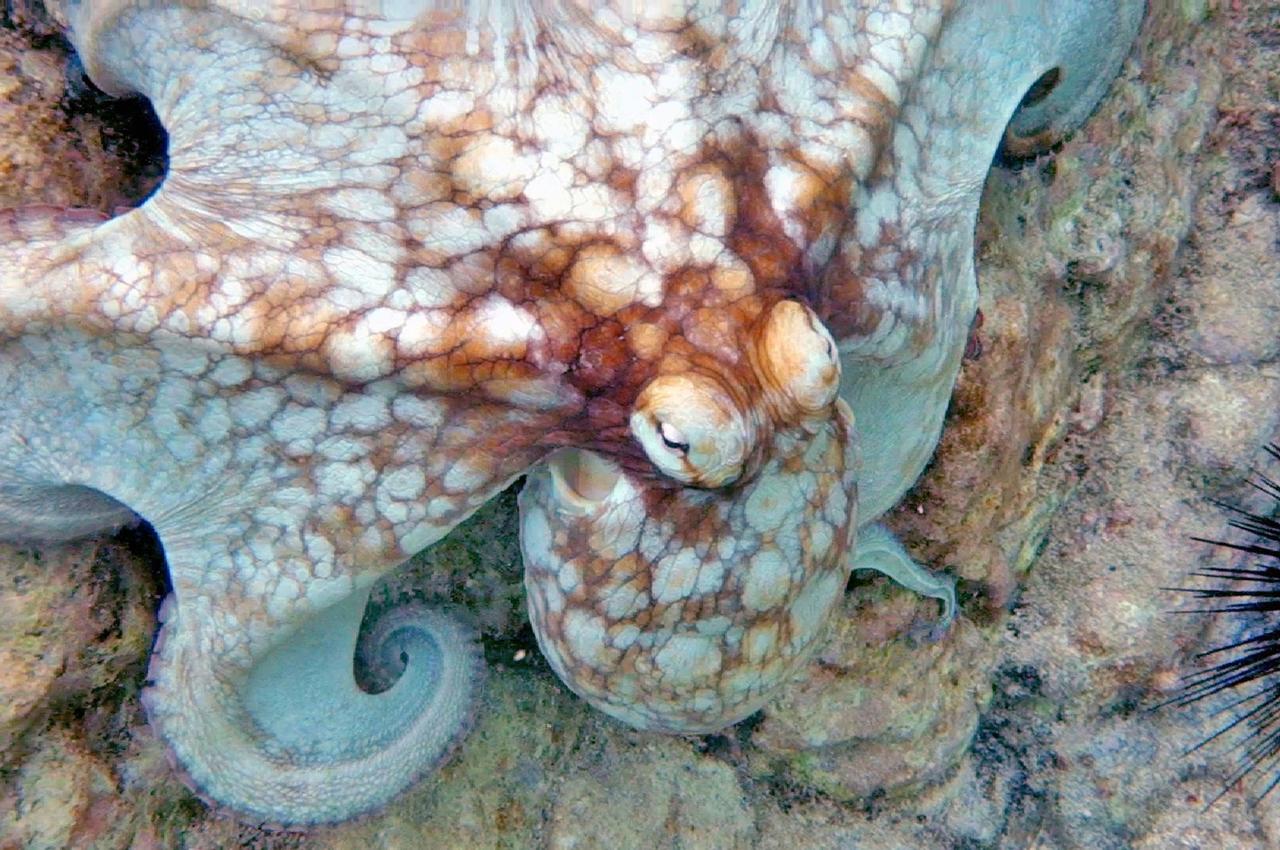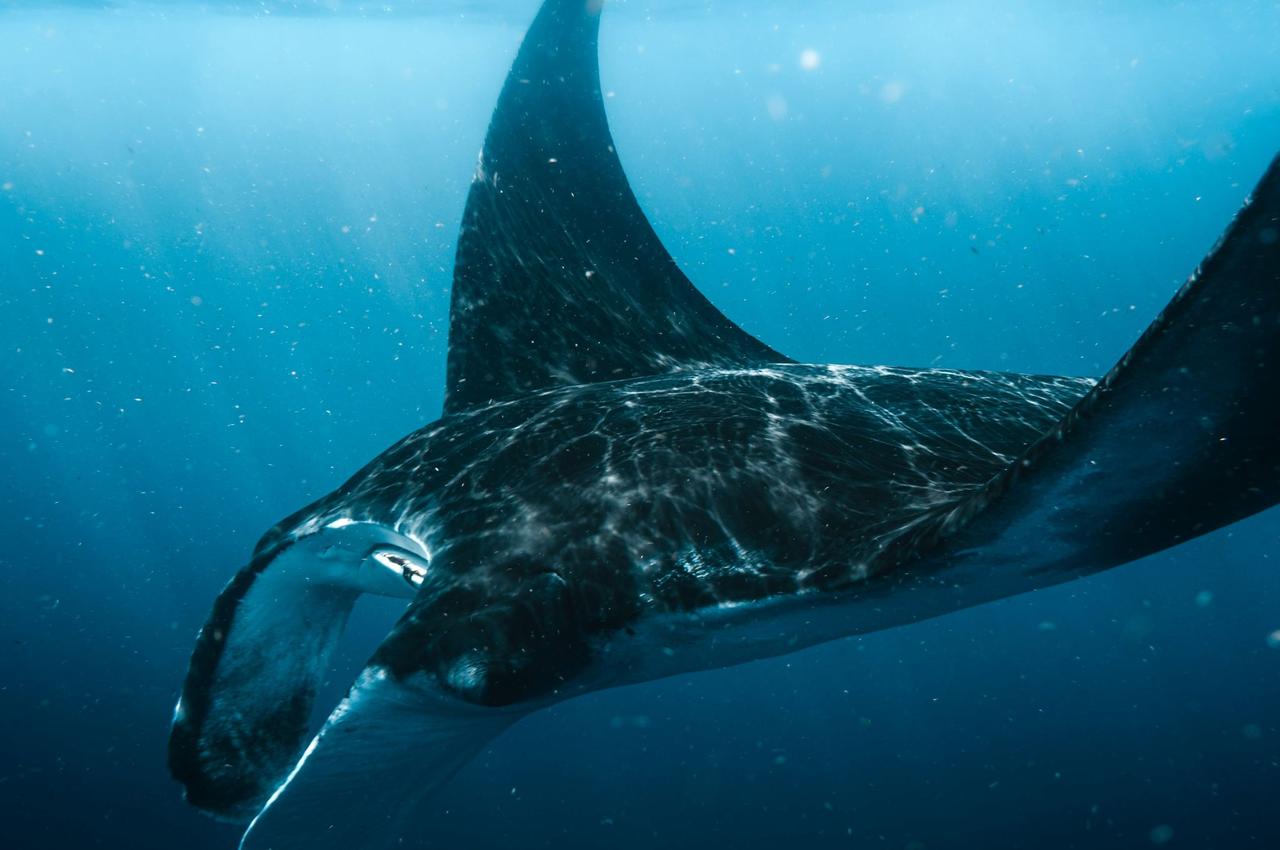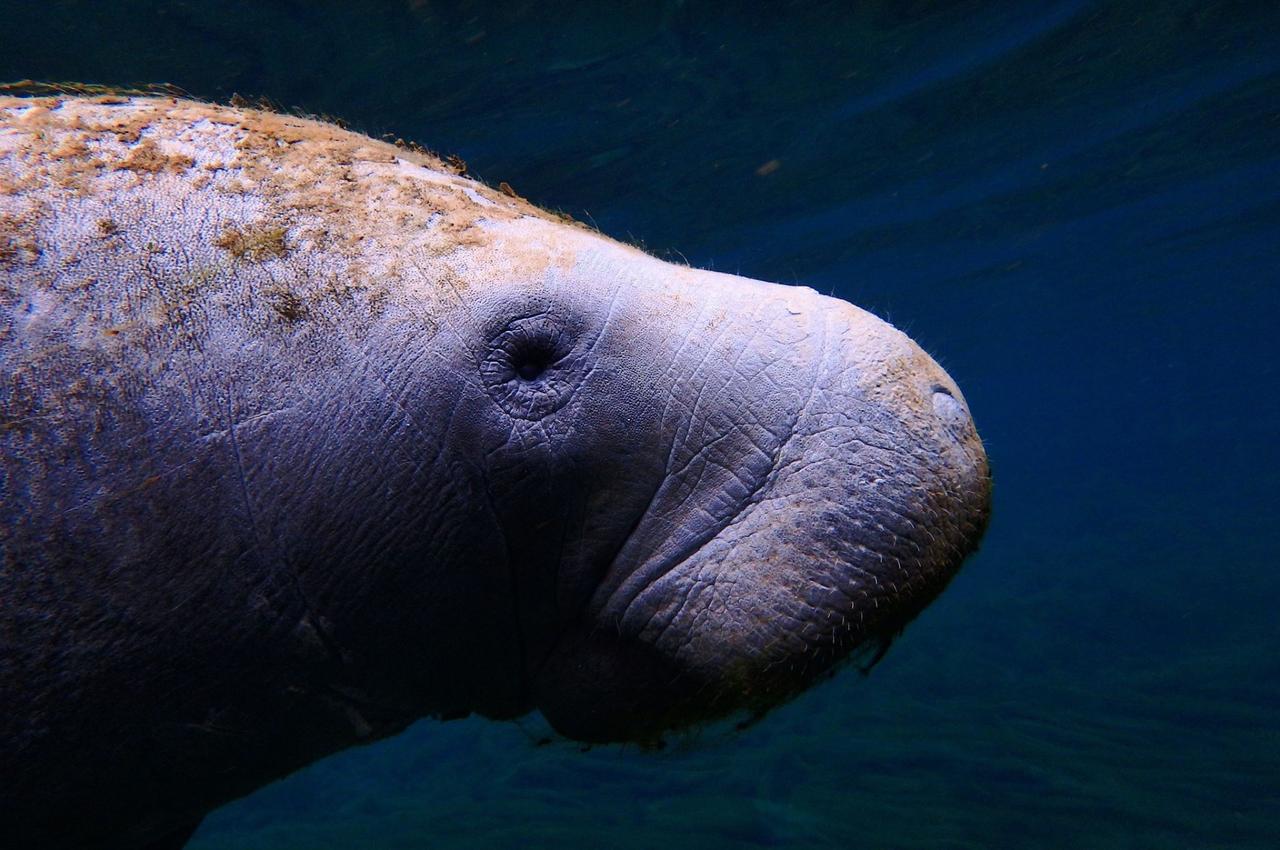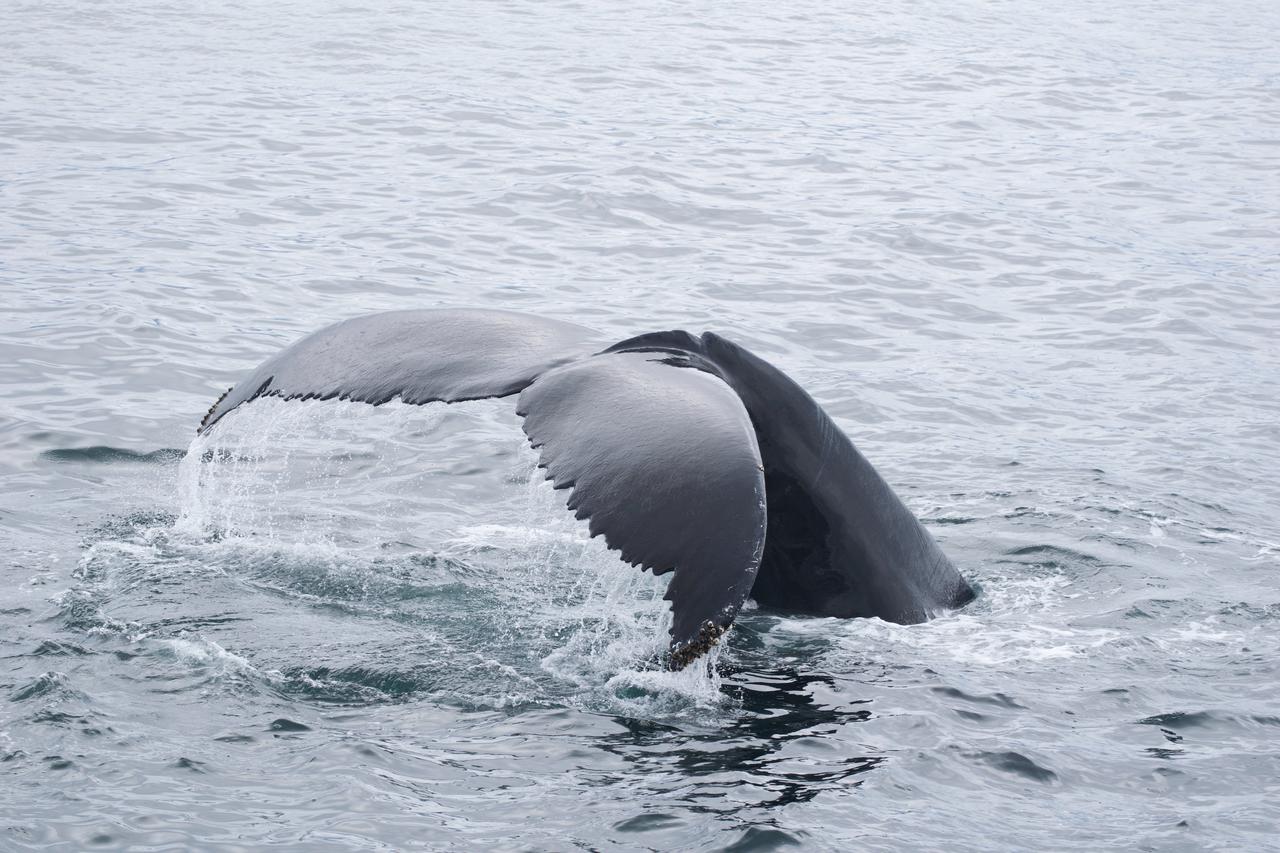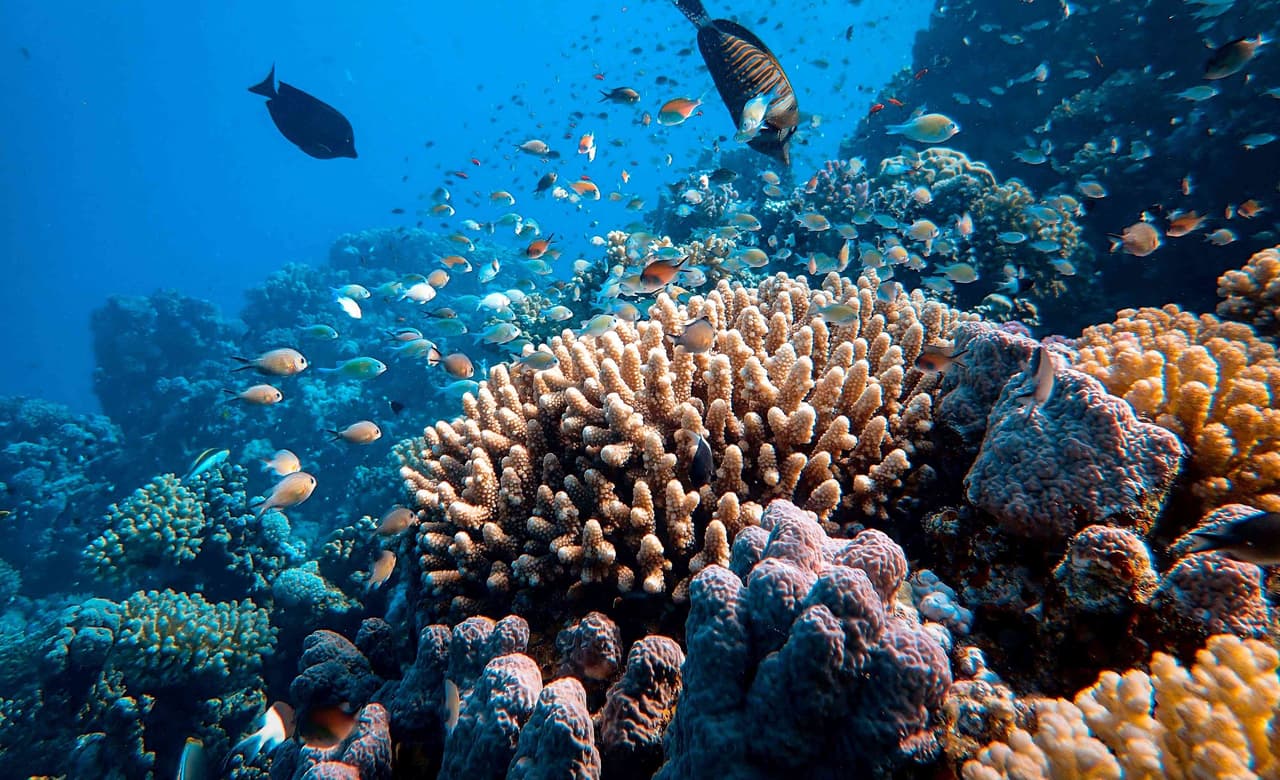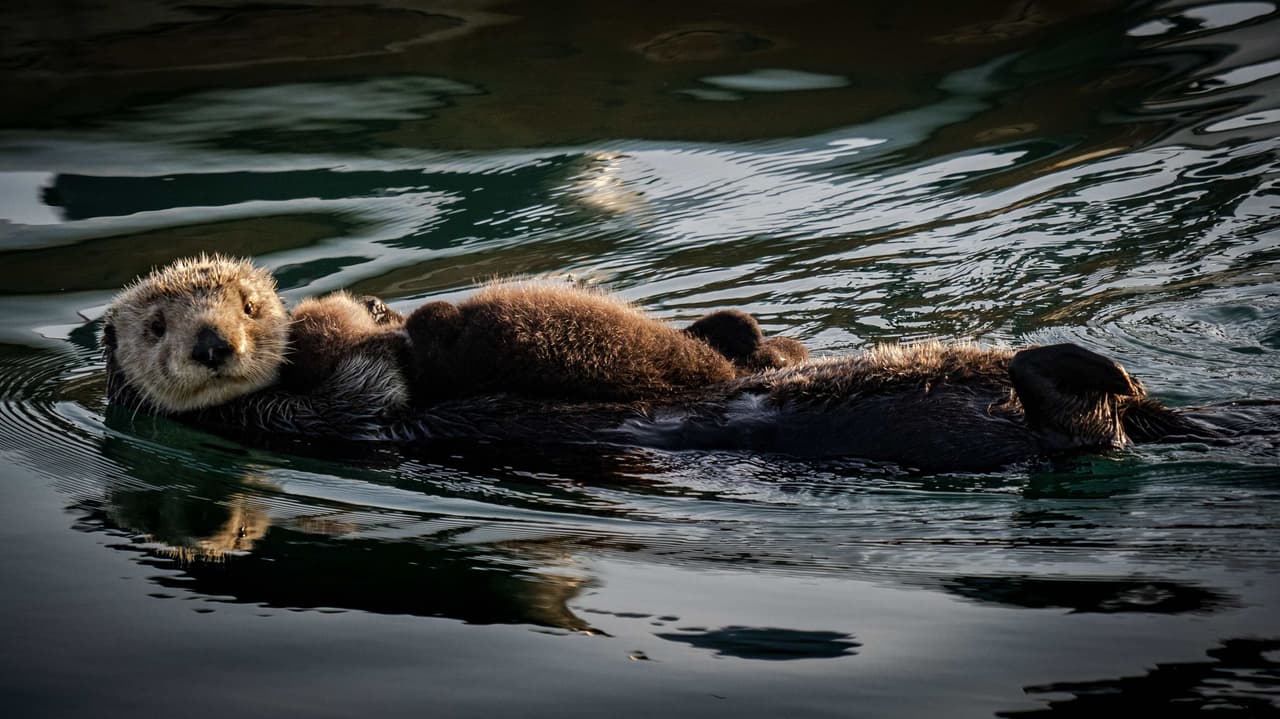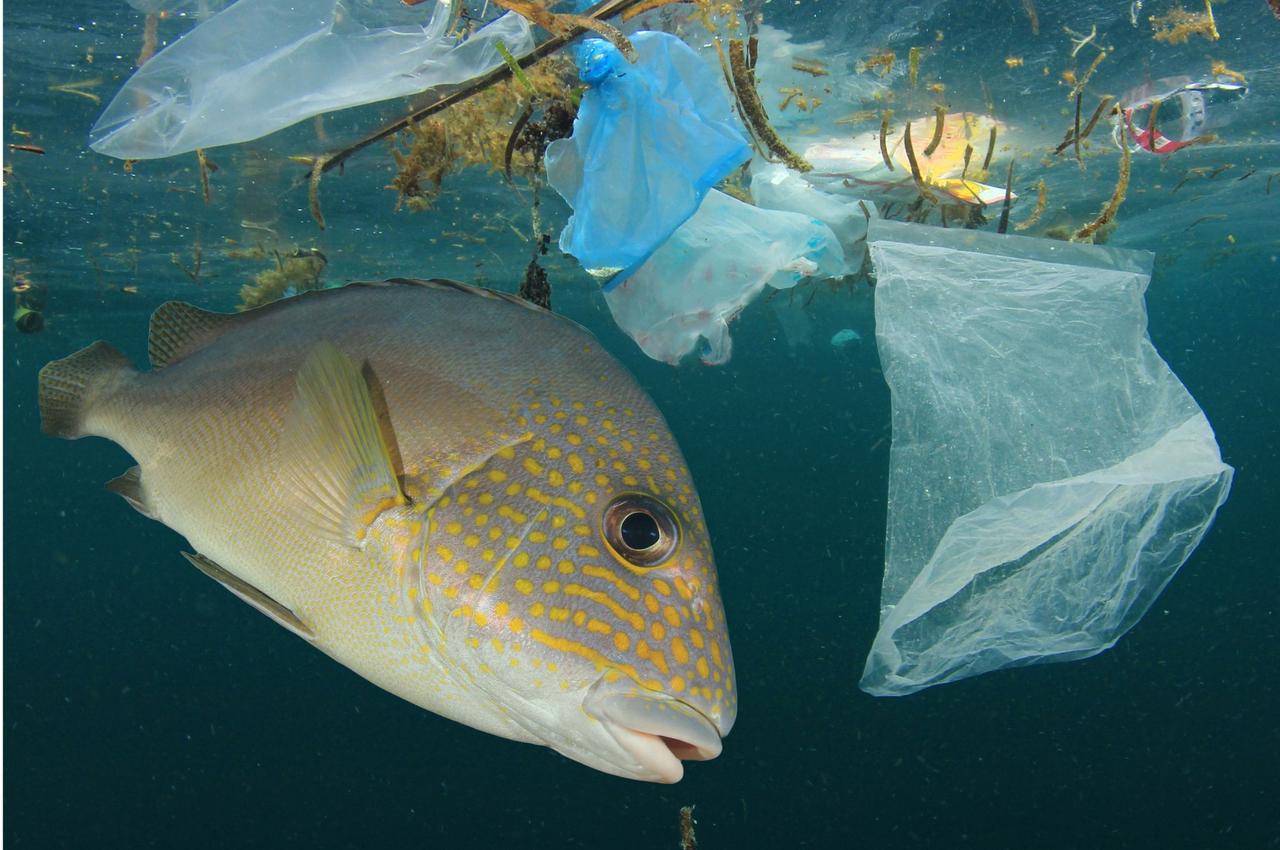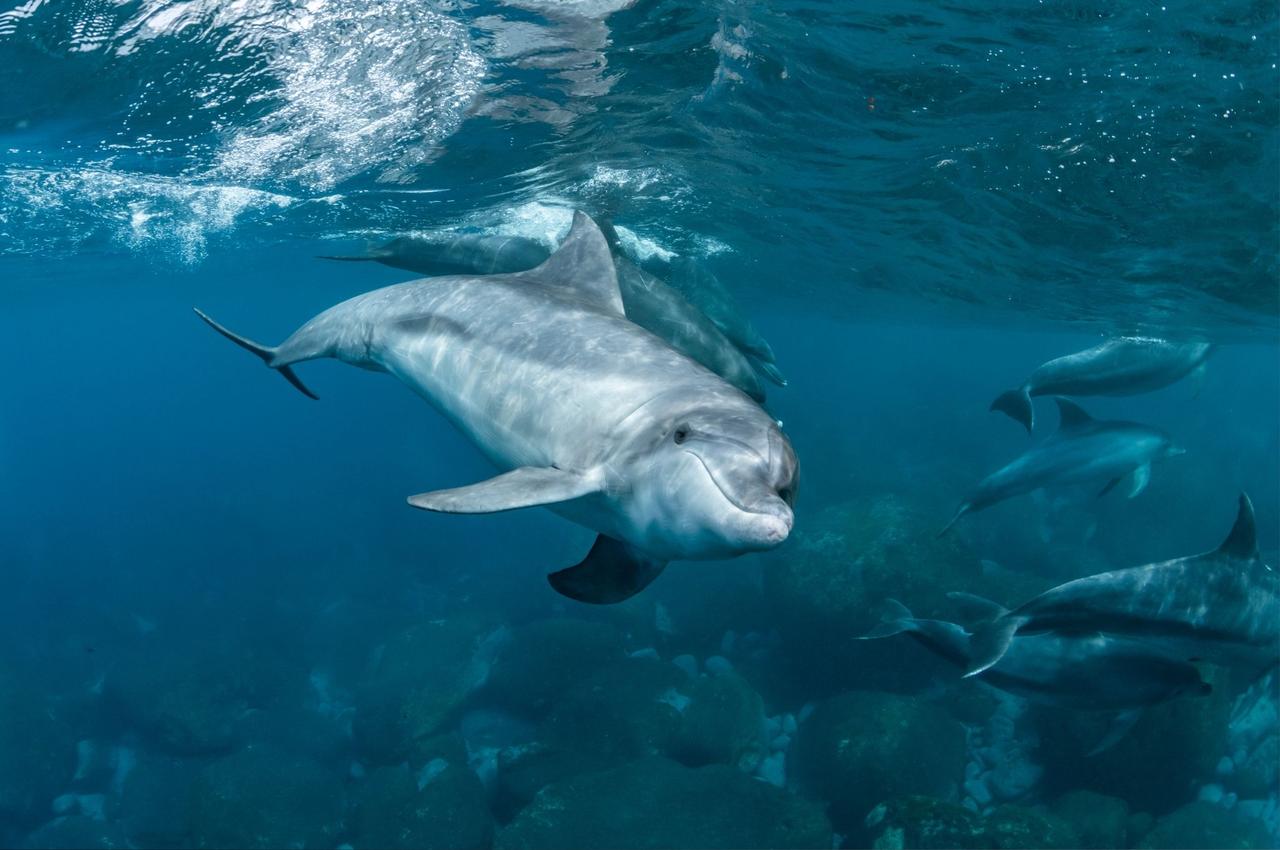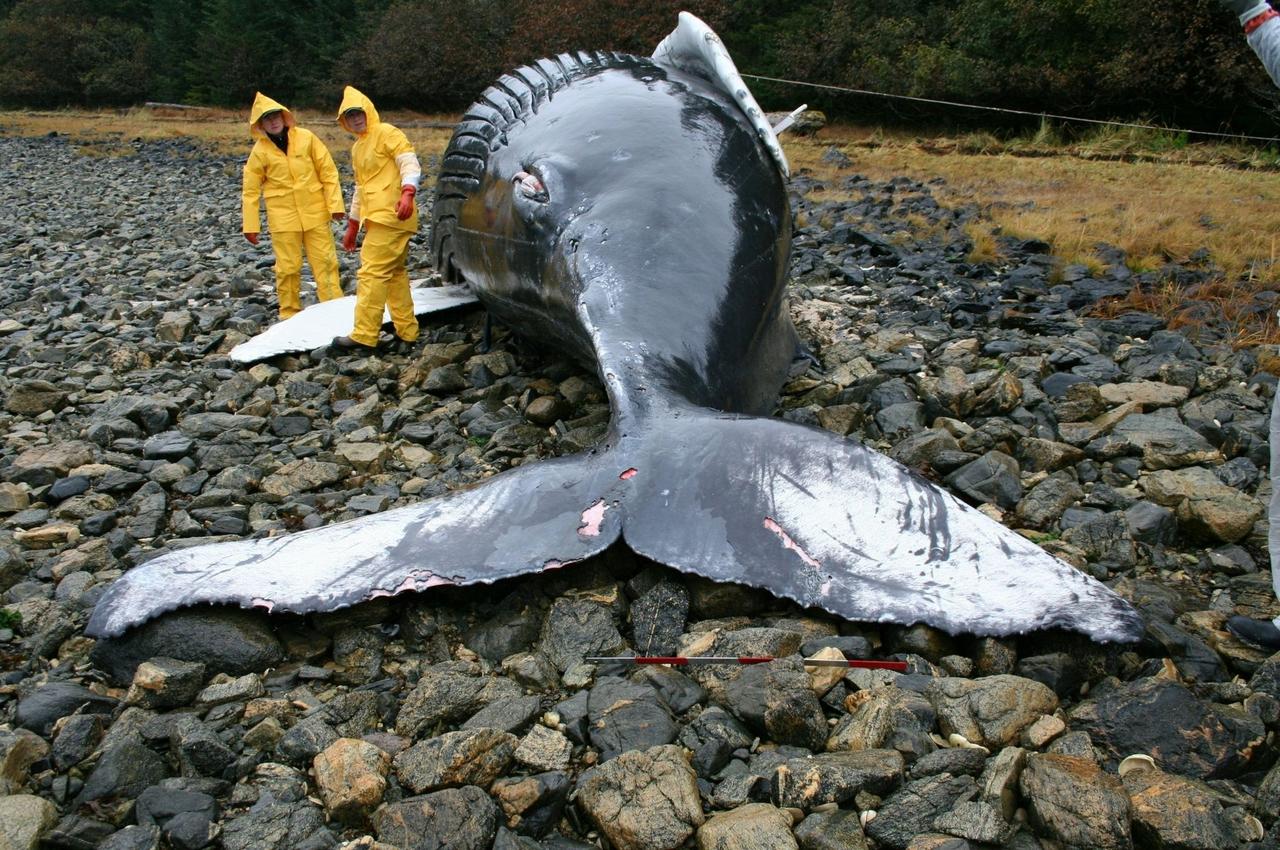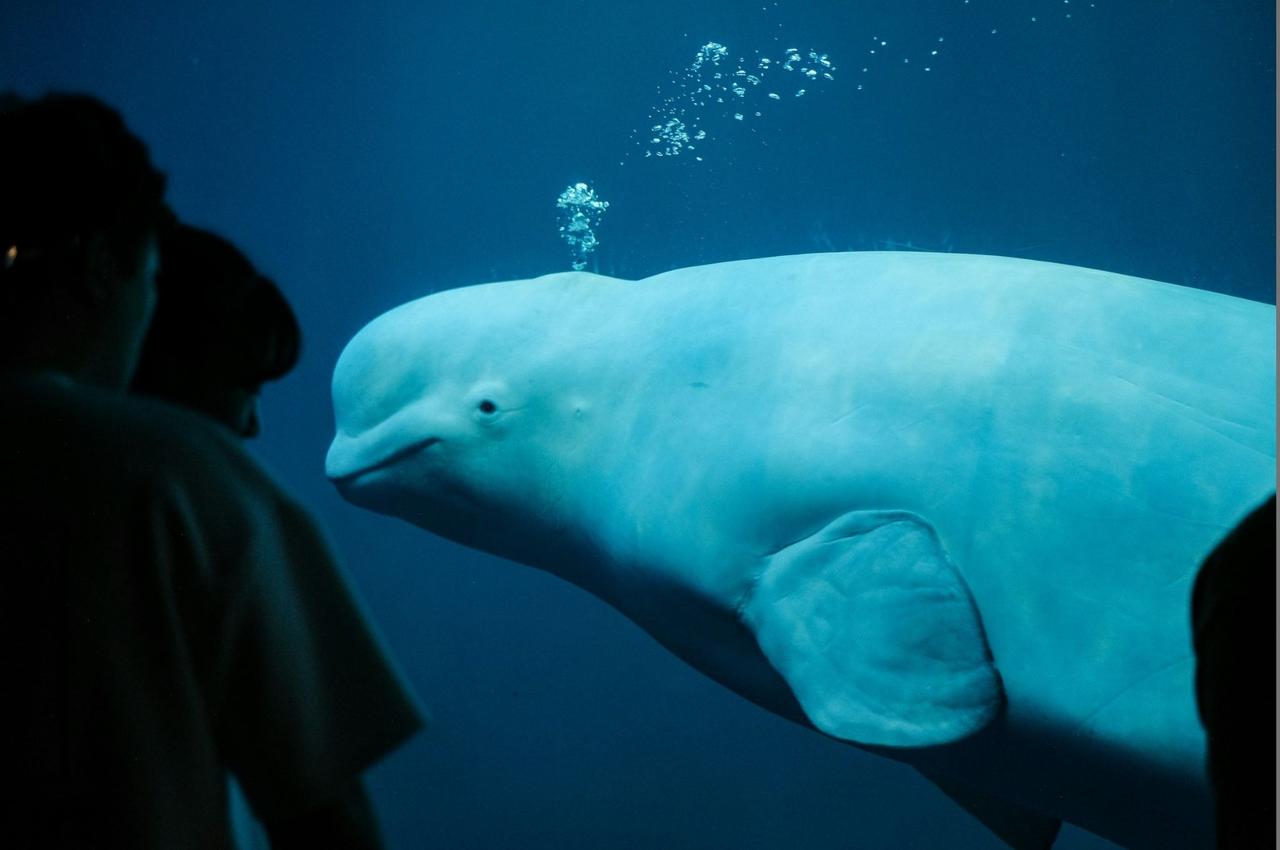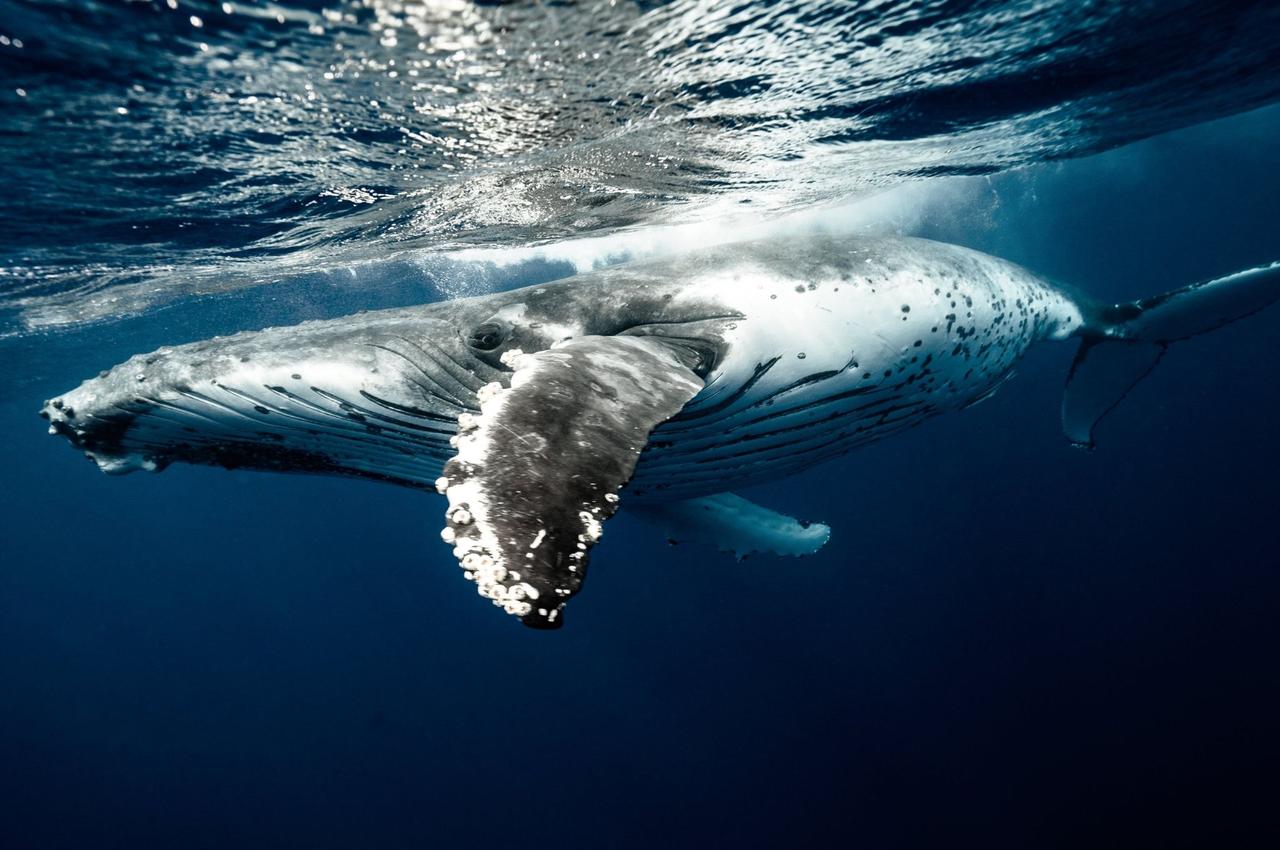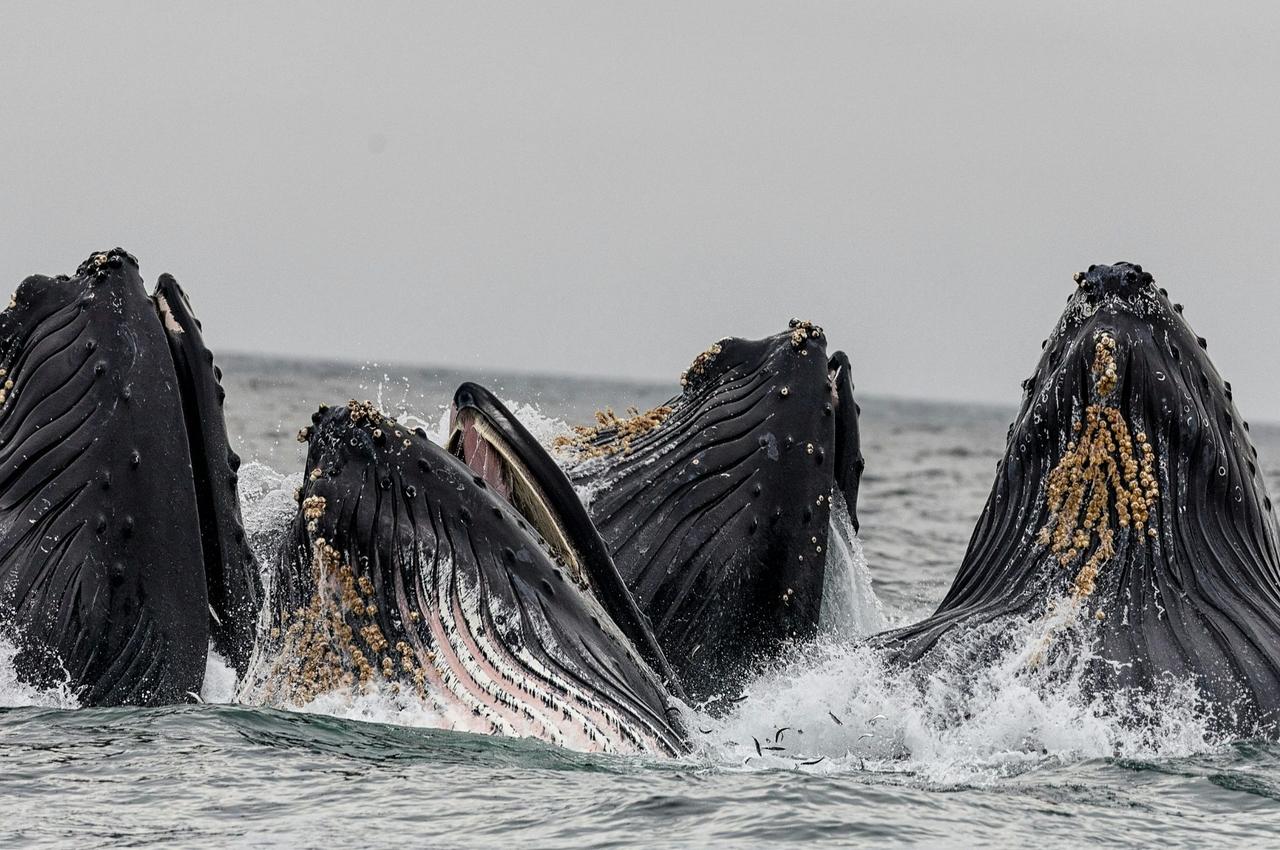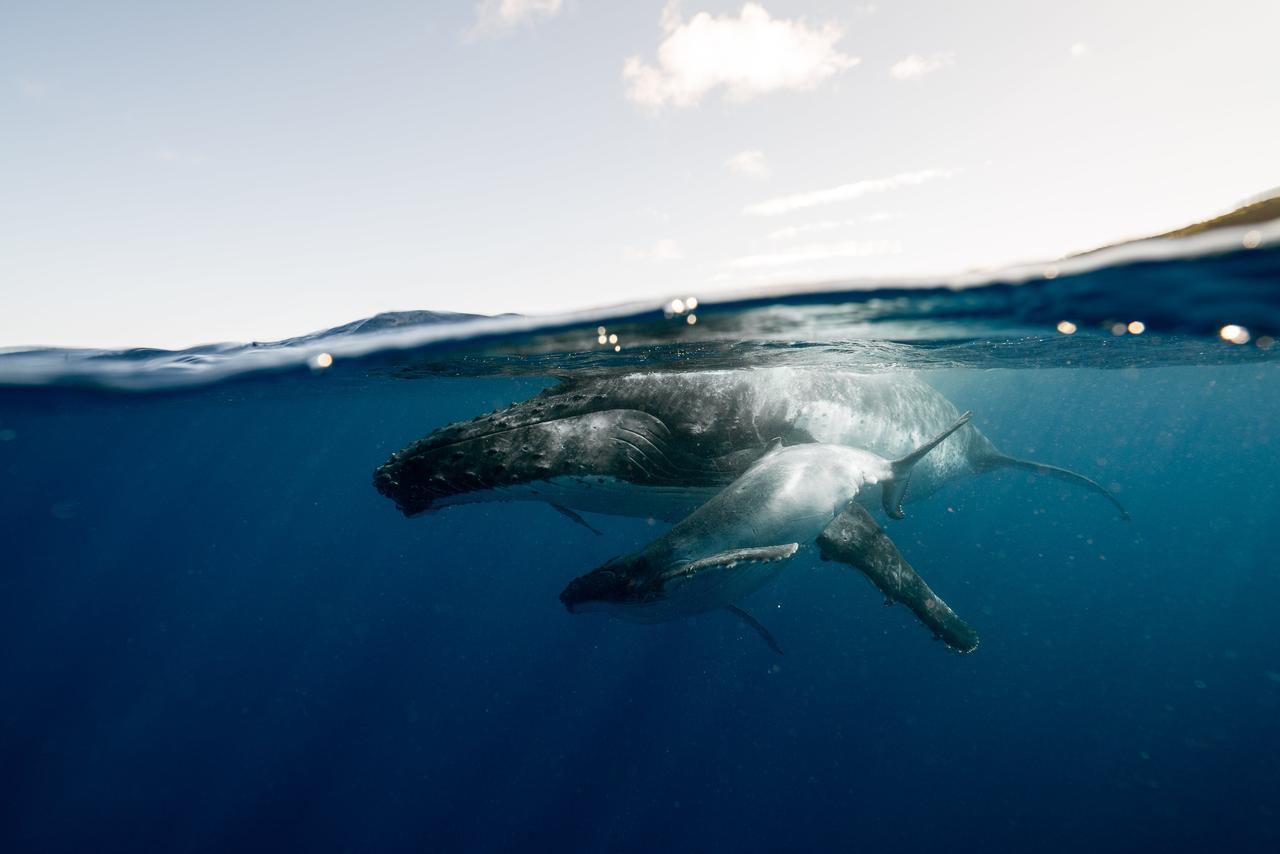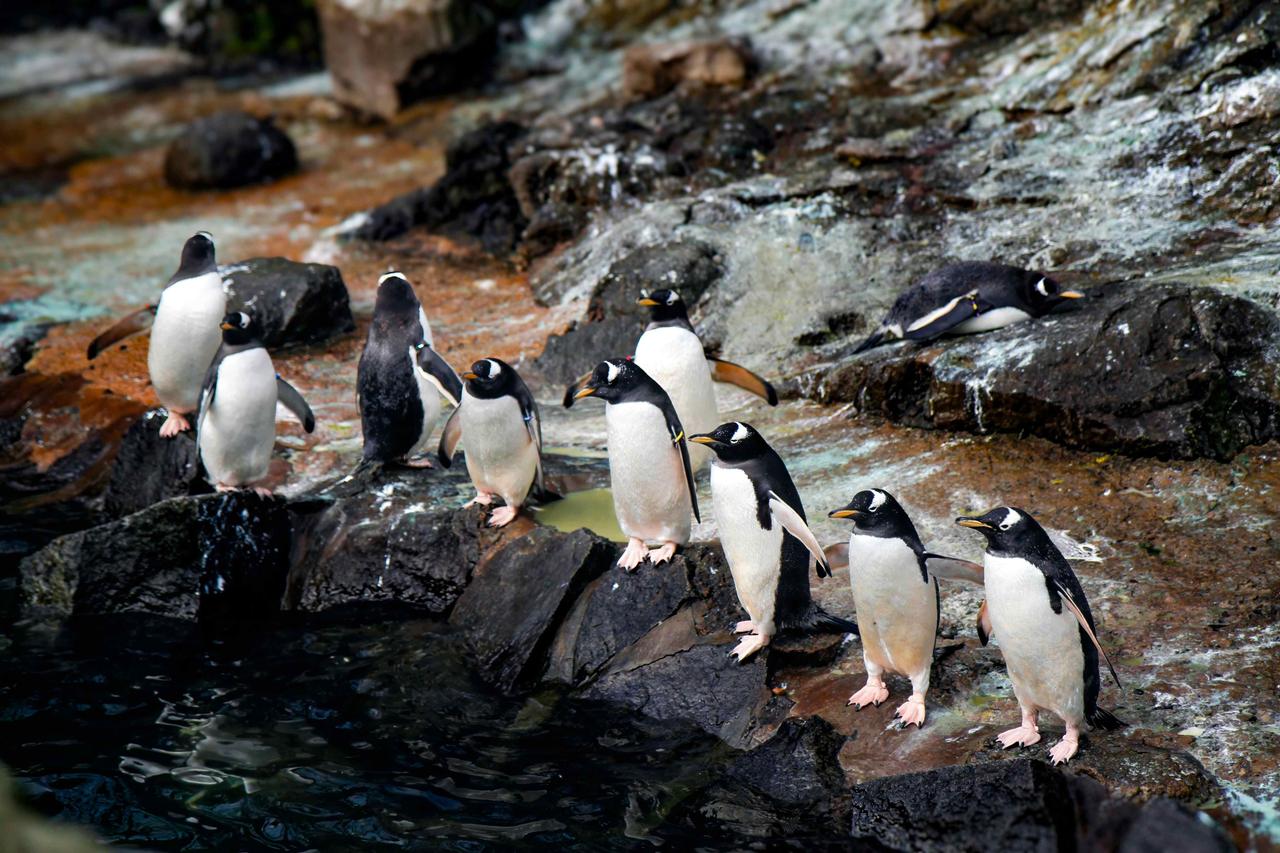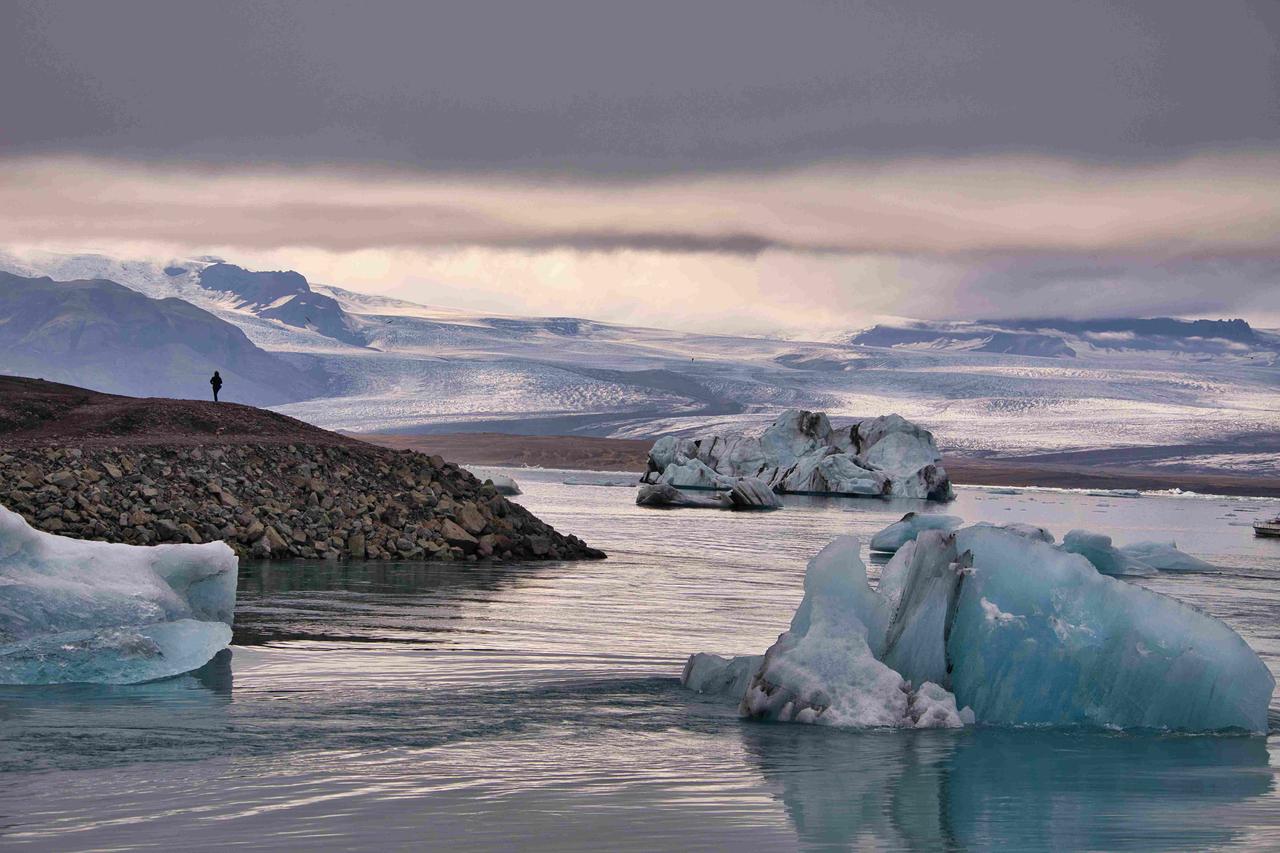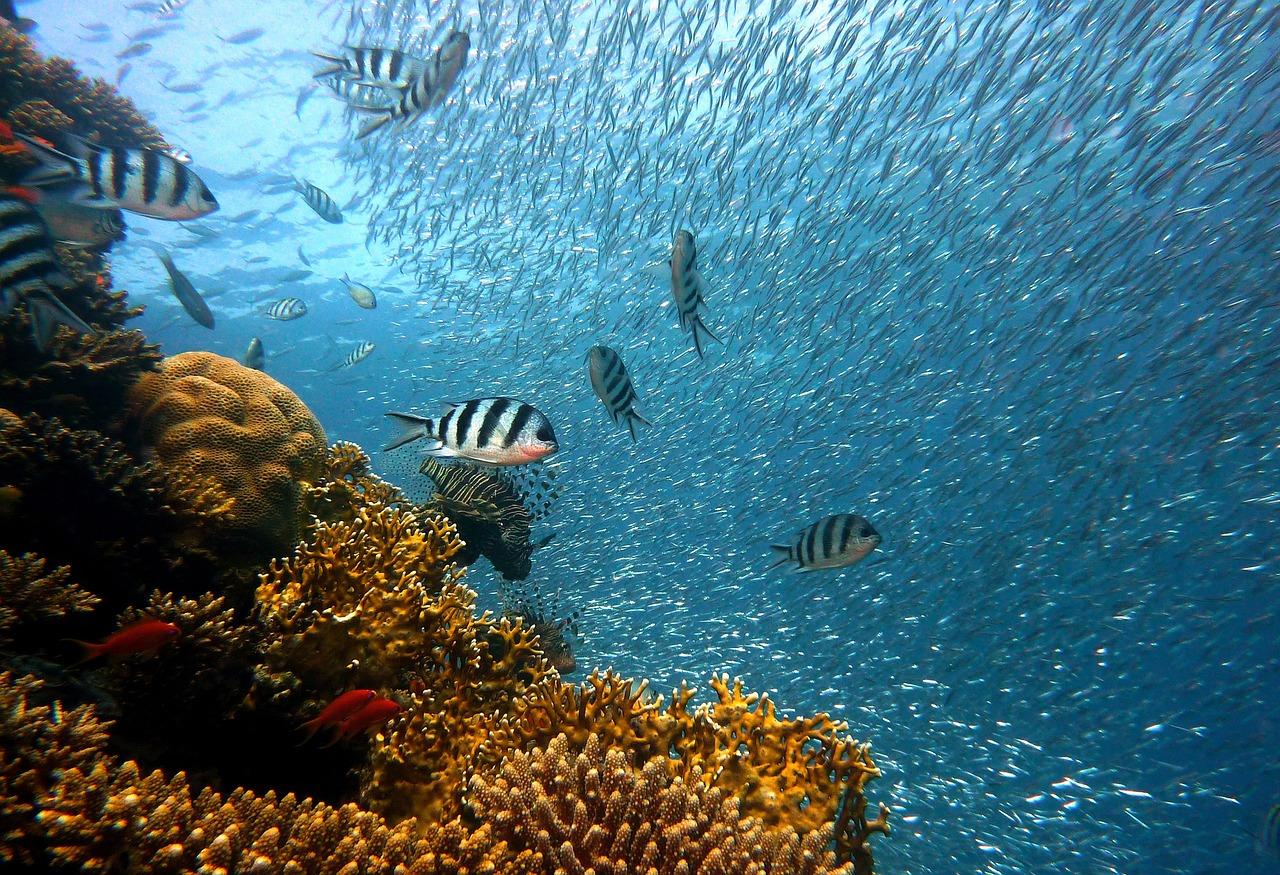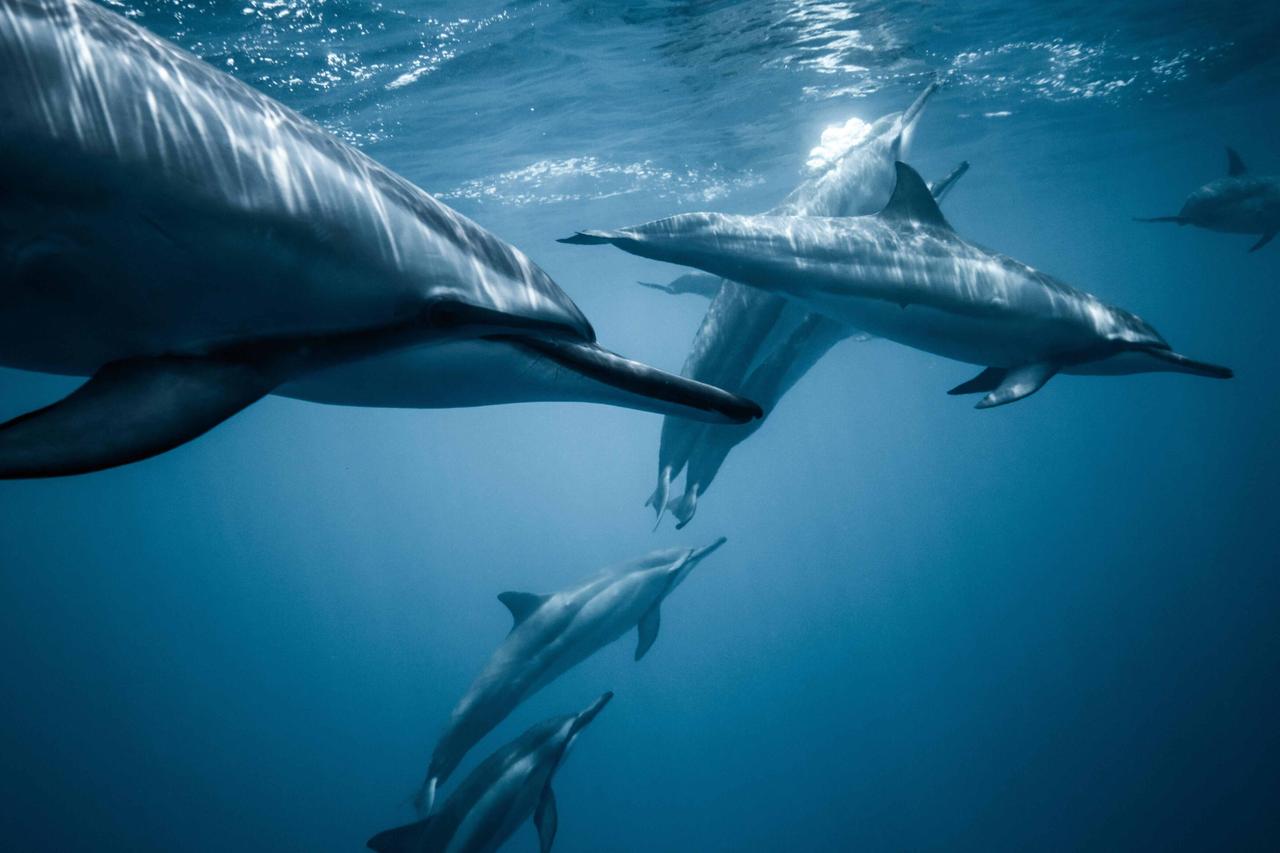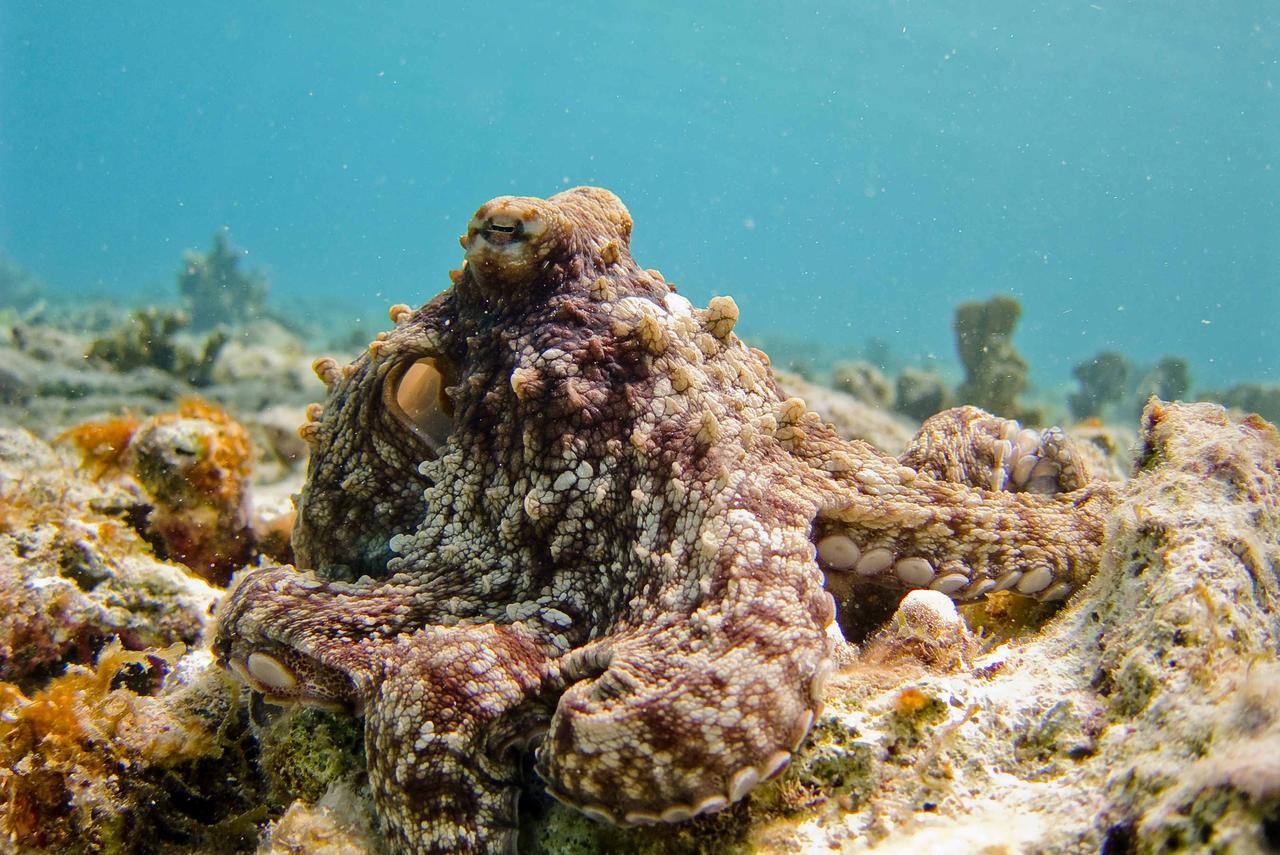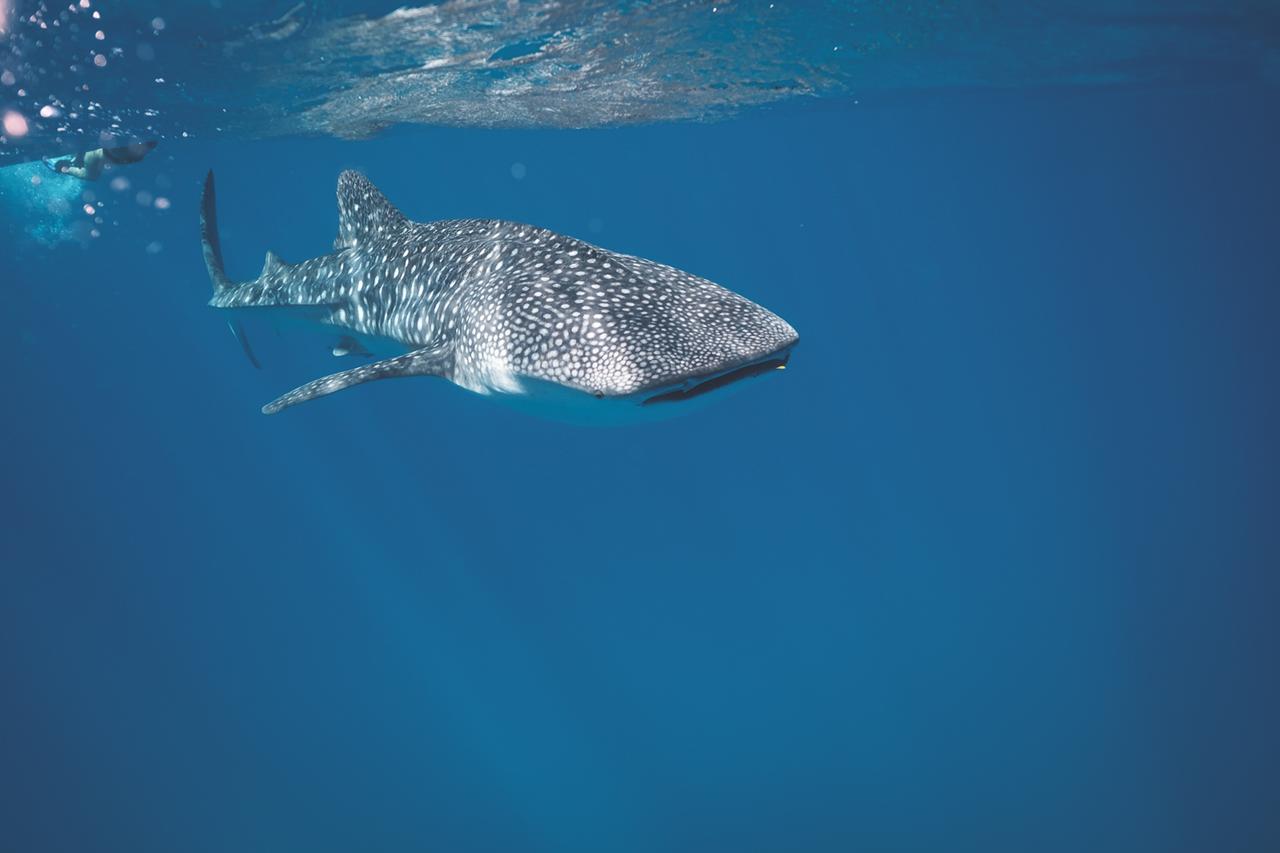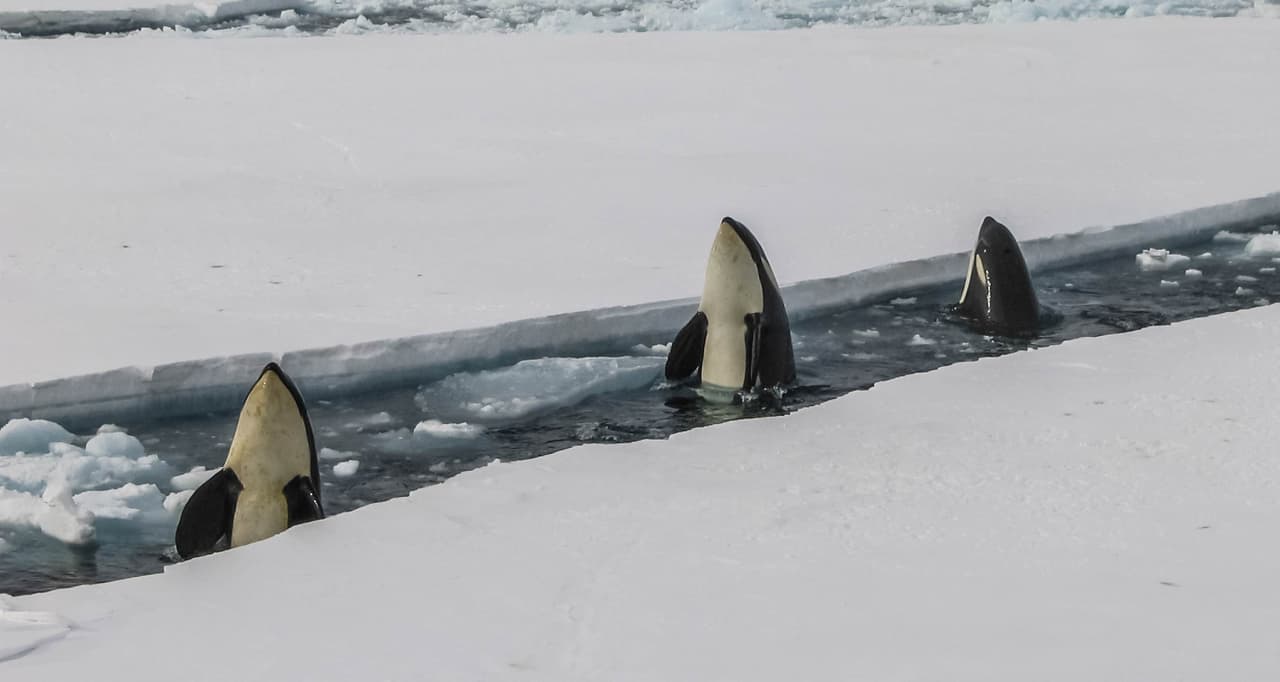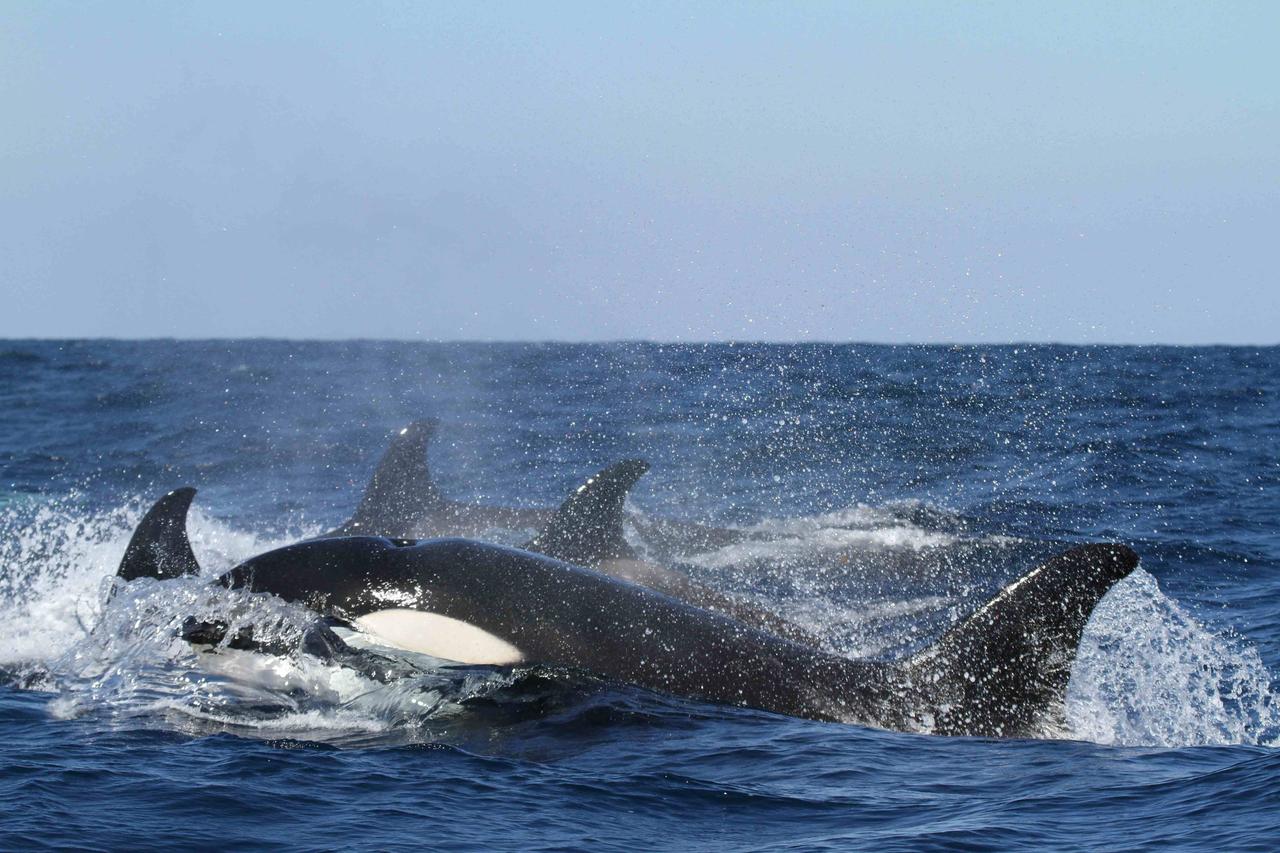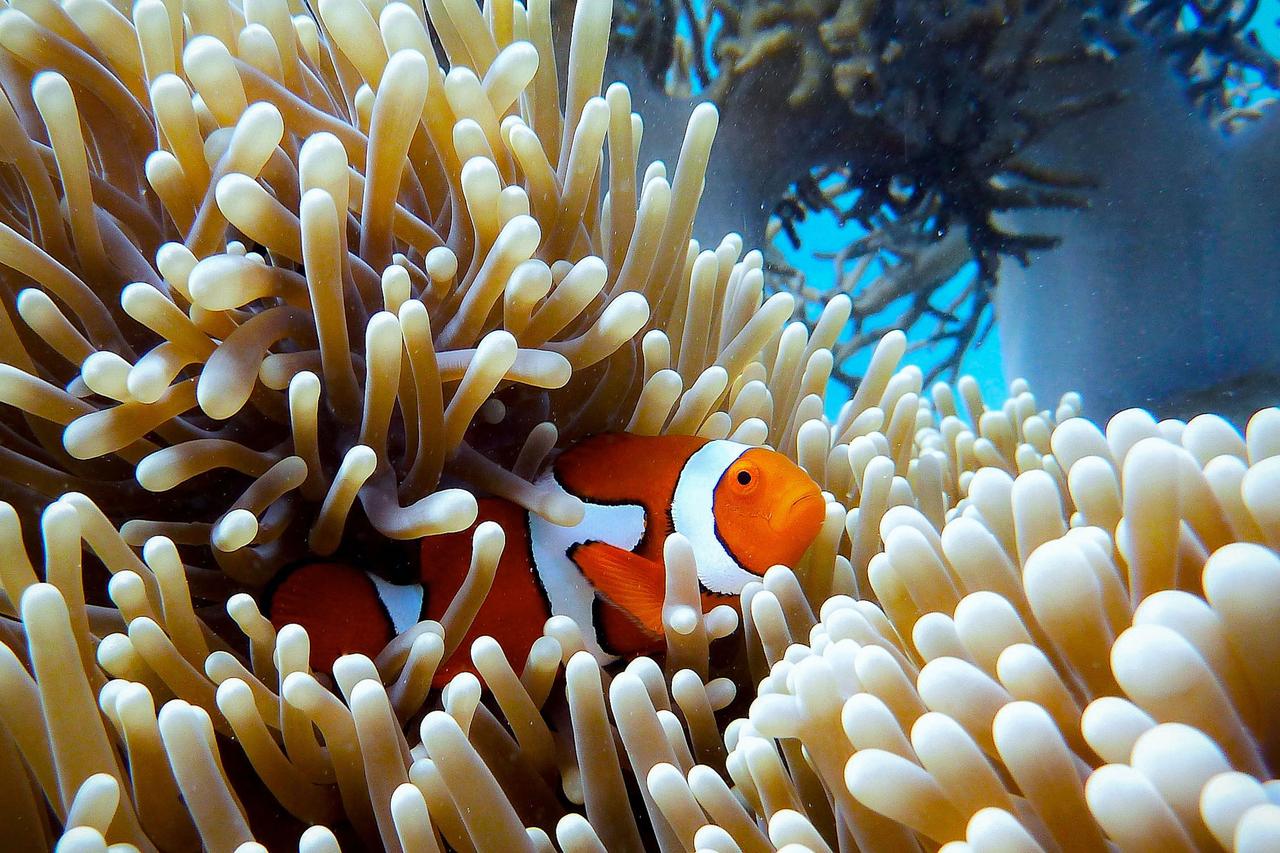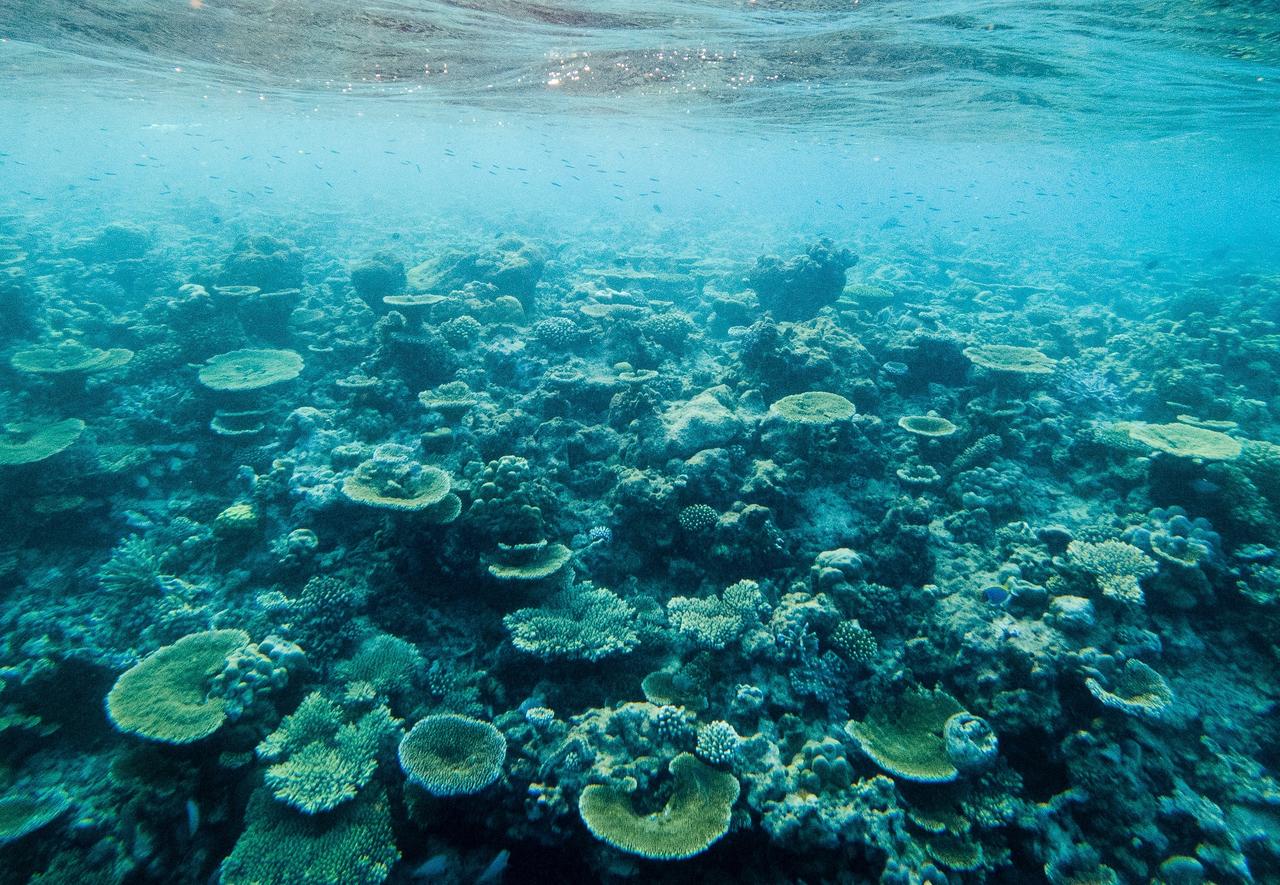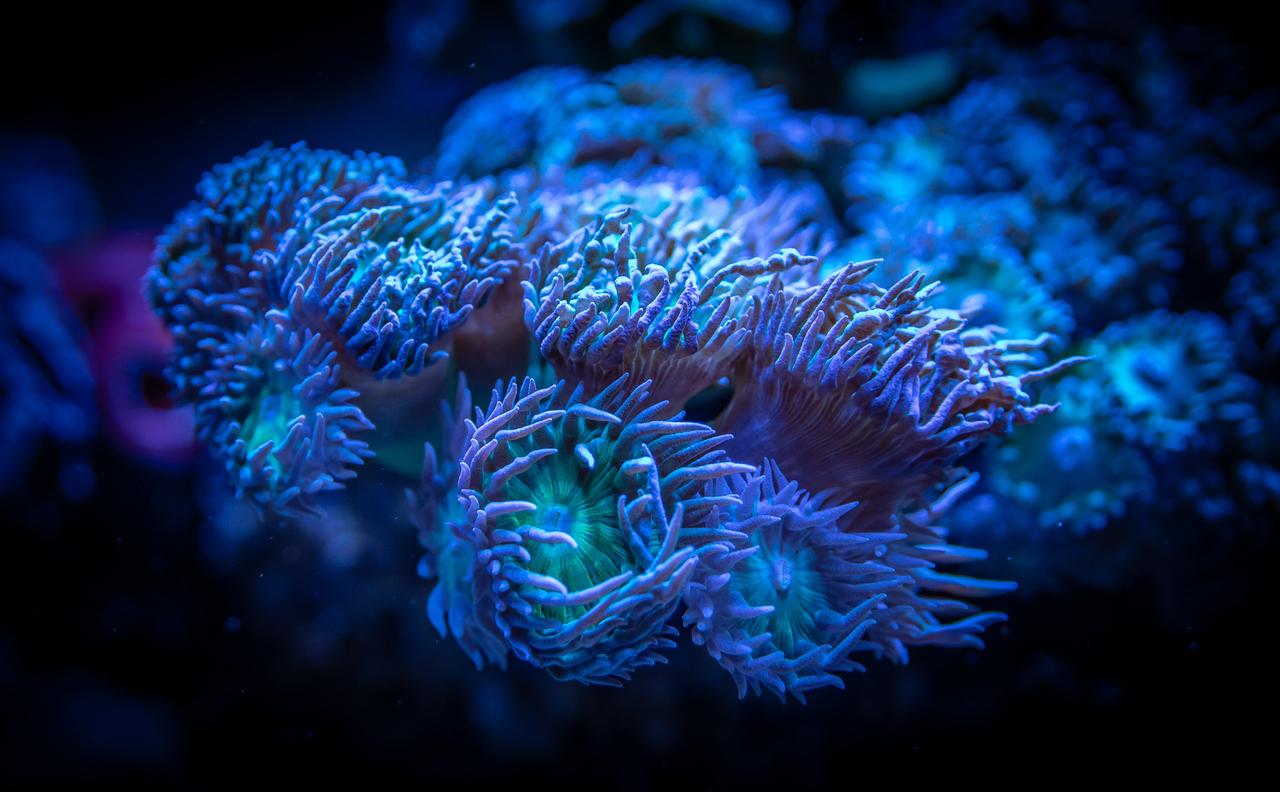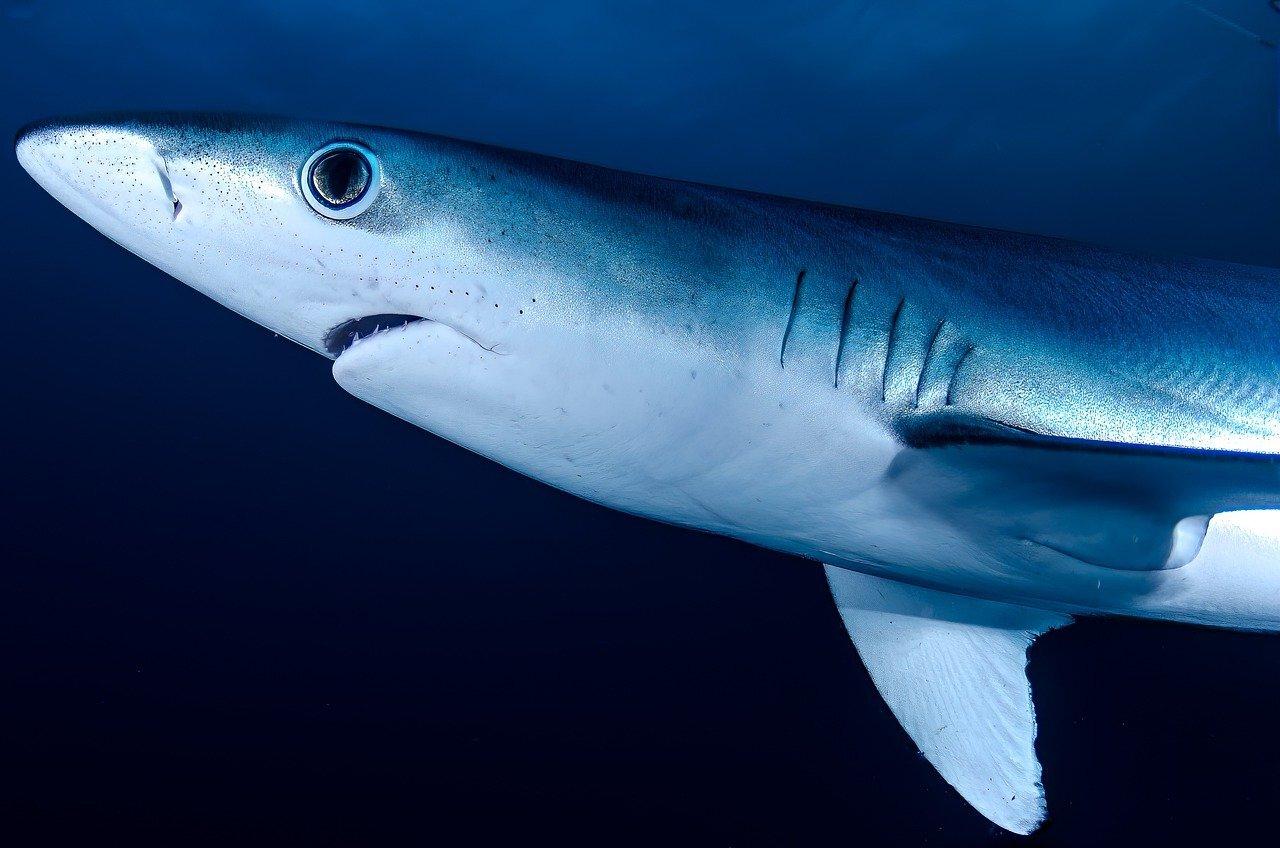
Don’t have bigger fish to fry? Take some time and sink your teeth into these jaw-dropping facts about sharks!
Shell-come back to another round of BRAIN WAVES! You know the krill, we spotlight the ways our seas are brilliant — and how you can help keep them that way by supporting ongoing marine conservation efforts.
Today’s super powered creature of the sea is also one of the most recognizable, with a reputation to boot, thanks to blockbuster franchises, like Jaws. But don’t always believe what you see on the big screen, there is much more beneath a shark’s sandpapery surface than meets the eye.
Must-know, bite-sized facts about sharks
- Variety, not abundance: There are over 520 species of sharks — many of which were only discovered a decade ago. They can be found in every ocean in the world.
- Shark-ey sense: Sharks have special receptors by their nose, eyes and mouth, allowing them to sense electromagnetic fields and acute temperature shifts in the ocean.
- Freeze, fins up: Like rays, when flipped, sharks can enter a trance-like state. This is called tonic immobility and happens when their sensory pores are stimulated.
- It’s the tooth: Sharks can grow 30,000-50,000 teeth in their entire lifetime and because of their acid-resistant enamel, they have excellent hygiene. Sharks lose about a tooth a week, but for the mako, they can lose an entire palate at a time.
- Thick skin: Sharks do not have any bones and their skin, made of collagen, is usually very thick. For example — a whale shark’s skin can be up to 25 cm (10 in) thick.
- Evolutionary marvels: Sharks have been around before dinosaurs, but some are still evolving. Scientists are now learning about one shark that has learned to walk on land.
- Secret lives: Some sharks, like Great Whites, have never been documented mating or giving birth.
One smart shark!
- Complex personalties: Sharks have been observed displaying a range of personalities. Some are more extroverted; developing social connections, networks and alliances; and others are more introverted, preferring their solitude.
- Problem-solvers: Sharks display signs of learned and adapted hunting — from stunning fish to creating turbulence in the water by swimming in a zigzag pattern so as to disorient their prey.
- Excellent communicators: Sharks communicate through body language instead of vocalized sounds, such as exposing teeth in a message of dominance or tail-slapping as a form of warning. Some, such as deep-sea sharks, even release electrical pulses as a means to alert other sharks of nearby food.
Between a rock and a shark place
Despite their brilliance, shark populations are crashing. Since 1970, shark and ray populations fell more than 70%. The loss is staggering and has left recovery efforts with a small window for success. It is estimated that 100 million sharks are intentionally killed every year. For perspective: only 6-8 humans are killed by sharks every year (a 1 in 3.7 million chance). Overfishing is the biggest driver for shark declines — caused by international trade. Tens of millions of sharks are also victims of bycatch, and millions more become victims of sports fishing.
Sharks are essential to our marine ecosystems — without these apex predators controlling smaller fish populations, our oceans will fall out of balance. But because sharks are one of the slowest species to reproduce, there may be more sharks leaving the ocean than there are entering.
We now sit at a key inflection point: keep our OCEANS brilliant, or alter the planet forever.
___
Don’t miss it: Cuddle up with brainy otters next week.














